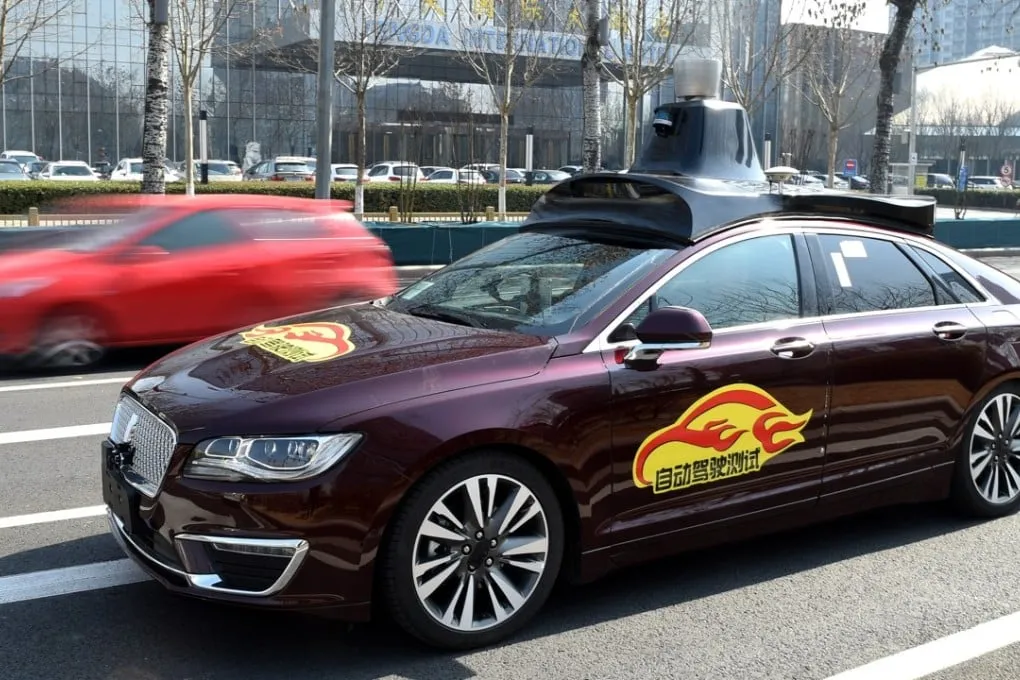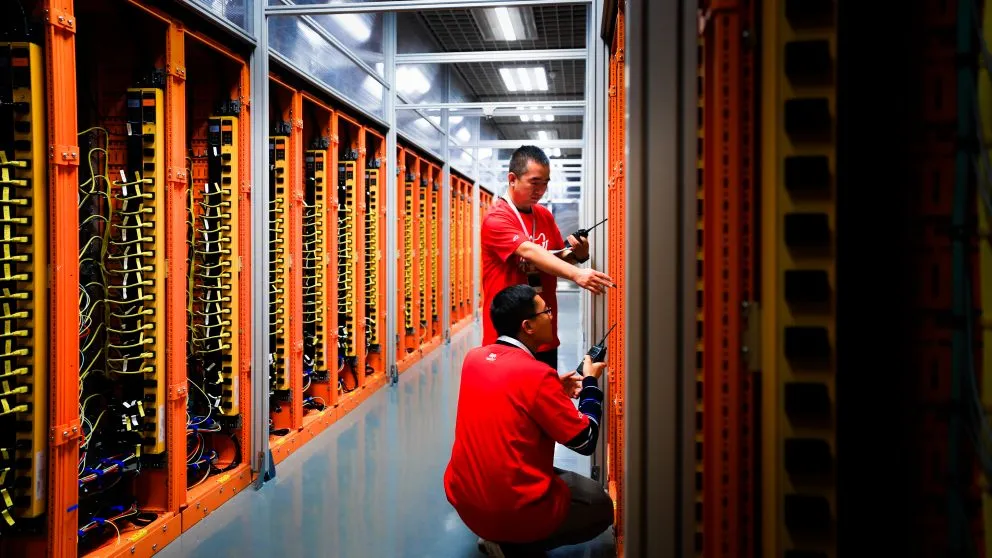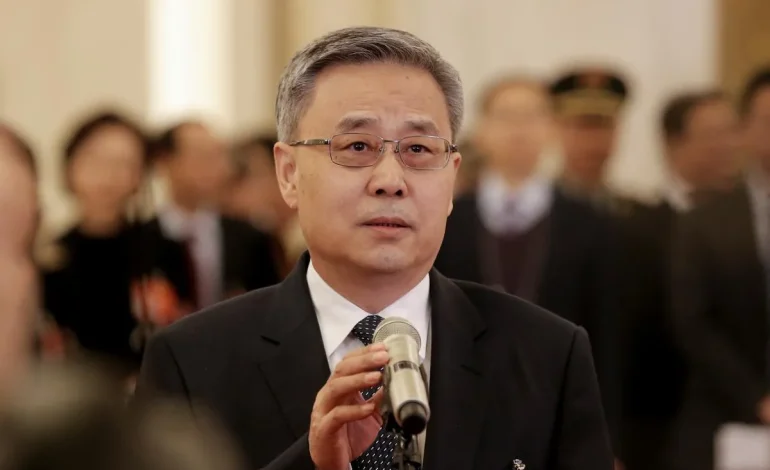China’s AI Race: How Baidu, Tencent, and Alibaba Compete for Global Leadership
Introduction
Artificial intelligence has become the central axis of China’s technology strategy. Since the State Council’s 2017 New Generation AI Development Plan, Beijing has framed AI not only as a growth engine but as a strategic asset. Today, China’s leading firms Baidu, Tencent, and Alibaba are investing heavily in natural language processing, autonomous driving, healthcare applications, and industrial automation. Their progress is shaping global competition and redefining standards for scale, efficiency, and commercial deployment. A close look at these firms shows both the promise and the challenges of China’s AI race.

Baidu: From Search Engine to AI Platform
Baidu has rebranded itself as an AI-first company, moving beyond its early search engine identity. Its flagship Apollo autonomous driving platform has logged millions of test kilometers across Chinese cities. In 2025, Baidu reported that its robotaxi service had expanded to more than ten metropolitan areas, carrying over five million passengers since launch.
The company is also investing in large language models through its Ernie Bot, positioning itself as China’s answer to GPT-style systems. Baidu’s research papers highlight a focus on multimodal learning, integrating text, voice, and image recognition for enterprise clients. Yet challenges remain in monetization. Unlike the search advertising model, AI services require sustained investment in high-performance chips and cloud infrastructure. With export restrictions on advanced semiconductors, Baidu has had to innovate with domestically produced alternatives.
Tencent: Social Data Meets Applied AI
Tencent’s strength lies in its data ecosystem. With WeChat’s 1.3 billion monthly active users, the company holds one of the largest consumer data reservoirs in the world. Its AI initiatives center on healthcare diagnostics, smart cities, and gaming.
Tencent’s Miying AI system has been deployed in hundreds of Chinese hospitals, supporting doctors in detecting cancers and cardiovascular diseases. The system uses deep learning on medical imaging datasets, offering accuracy rates that rival international benchmarks. In smart city projects, Tencent’s AI is applied to traffic management and urban planning, using real-time data flows from its cloud services.
The gaming division continues to push AI for content moderation, recommendation systems, and dynamic difficulty adjustments. Tencent’s scale allows it to embed AI into consumer-facing services at a speed that few global competitors can match. However, regulatory scrutiny of gaming and data privacy has forced Tencent to balance innovation with compliance.
Alibaba: AI and the Commerce Ecosystem
Alibaba integrates AI across its commerce, logistics, and cloud businesses. The company’s logistics arm, Cainiao, uses AI to optimize delivery routes, reducing costs by nearly 15 percent in pilot cities. During shopping festivals like Singles’ Day, Alibaba Cloud’s AI-driven servers handle billions of transactions without downtime, showcasing both scalability and reliability.
The company has also made strides in enterprise AI tools. Alibaba Cloud’s PAI platform provides machine learning services for businesses, ranging from predictive analytics to natural language chatbots. In retail, AI is used for personalized recommendations, inventory management, and fraud detection.
Alibaba faces the dual challenge of maintaining global competitiveness while navigating domestic regulatory reforms. The suspension of Ant Group’s IPO in 2020 highlighted how fintech and AI-driven platforms are now closely monitored by regulators. Despite this, Alibaba’s scale ensures it remains a cornerstone of China’s AI development strategy.

Comparative Global Positioning
China’s AI firms compete not only with each other but with global giants such as Google, Microsoft, and Amazon. Baidu’s autonomous driving fleet rivals Waymo in testing volume, while Alibaba Cloud has surpassed AWS in certain Asian markets by offering localized solutions. Tencent’s medical AI has drawn attention for its ability to scale across a national healthcare system, a feat less feasible in fragmented Western markets.
Yet challenges persist. U.S. export controls on advanced chips have created bottlenecks. China’s reliance on GPUs and advanced lithography tools underscores vulnerabilities in the supply chain. Domestic initiatives to develop self-sufficient semiconductor industries are progressing, but replacing global leaders remains a multi-year task.
The Role of Government and Policy
Archival policy documents show how China’s AI trajectory has been state-guided from the beginning. The 2017 AI Development Plan set targets for achieving global leadership by 2030. Today, updated guidelines stress ethical standards, national security, and integration into industrial policy. Subsidies, tax incentives, and research funding continue to underpin corporate investment.
China’s approach contrasts with the more market-driven models of the United States. While firms in Silicon Valley often pursue innovation independently, Chinese companies operate in alignment with state-defined priorities. This hybrid model allows for rapid scaling but also creates risks of overcapacity and duplication.
Challenges and Future Directions
China’s AI firms face a dual challenge: sustaining innovation while ensuring compliance with evolving regulations. Data privacy laws, cybersecurity requirements, and algorithmic transparency guidelines have been introduced to address both domestic and international concerns. At the same time, global trust in Chinese AI systems remains mixed, with geopolitical tensions influencing adoption.
Looking ahead, Baidu’s expansion in autonomous driving, Tencent’s healthcare AI, and Alibaba’s enterprise tools will continue to define the sector. Cross-border partnerships in Asia, Africa, and Latin America may provide growth opportunities as Western markets remain cautious.
Conclusion
The AI race in China is both a story of competition and collaboration. Baidu, Tencent, and Alibaba represent different approaches to autonomous driving, consumer data, and commerce ecosystems, but all are aligned under a national strategy that prioritizes AI as a pillar of future growth. Archival policy blueprints show continuity in China’s ambition, while contemporary developments reveal rapid scaling and adaptation. For global tech observers, the trajectory of Chinese AI is a reminder that leadership in innovation is not only about technology but also about governance, resources, and strategic vision.





